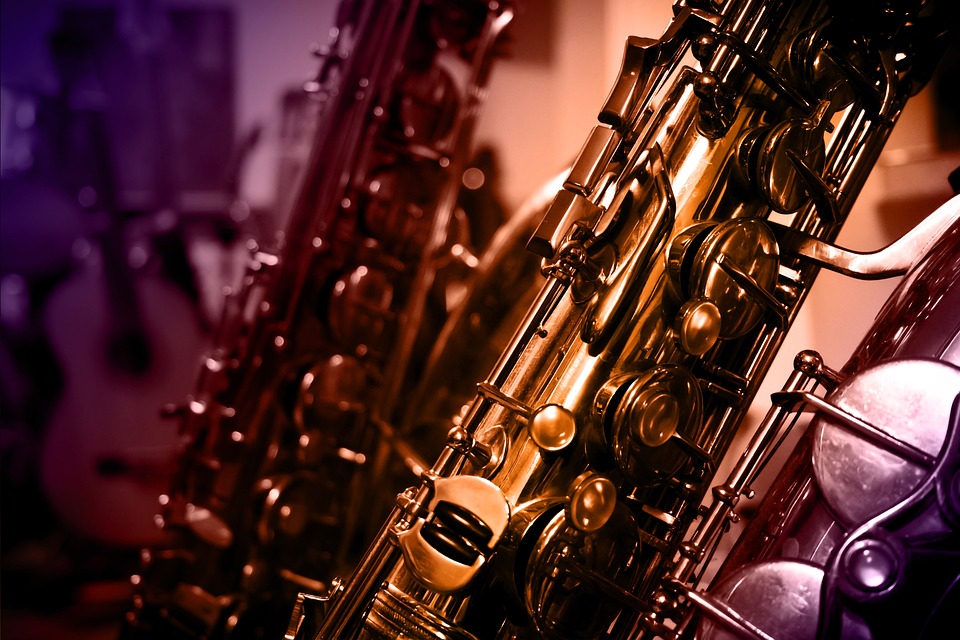Introduction
Classical music has been around for centuries and continues to be a popular form of music for many people. One of the most unique aspects of classical music is the variety of ensembles that perform it. From orchestras to chamber groups, there are many different types of ensembles that play classical music. If you are new to classical music and want to learn more about the different types of ensembles, this beginner’s guide is for you.
Orchestras
Orchestras are perhaps the most well-known type of classical music ensemble. They typically consist of four sections: strings, woodwinds, brass, and percussion. The string section includes instruments like violins, violas, cellos, and double basses. The woodwind section includes instruments like flutes, clarinets, oboes, and bassoons. The brass section includes instruments like trumpets, trombones, and French horns. The percussion section includes instruments like timpani, snare drums, and cymbals.
Orchestras can vary in size from chamber orchestras, which have around 20 members, to symphony orchestras, which can have over 100 members. Orchestras are typically led by a conductor, who is responsible for directing the musicians and ensuring that the ensemble plays together as a cohesive unit.
Chamber Groups
Chamber groups are smaller ensembles that typically consist of fewer than 10 musicians. These groups often perform in more intimate settings, such as small concert halls or private homes. Chamber groups can vary in instrumentation, with some groups focusing on string instruments like the string quartet, while others may include a mix of strings, woodwinds, and brass.
One of the most well-known types of chamber groups is the string quartet, which consists of two violins, a viola, and a cello. Other common chamber groups include trios, which consist of three musicians, and quintets, which consist of five musicians. Chamber music is often considered to be more intimate and nuanced than orchestral music, as the smaller ensemble size allows for more intricate musical interactions between the musicians.
Popular Chamber Groups
– The Kronos Quartet
– The Emerson String Quartet
– The Guarneri Quartet
Choirs
Choirs are another common type of classical music ensemble, consisting of singers who perform a cappella or with accompaniment from instruments like the piano or organ. Choirs can vary in size from small vocal ensembles to large, symphonic choirs. One of the defining characteristics of choirs is their use of vocal harmonies and polyphony, where multiple voices sing different melodies or parts simultaneously.
Choirs can be classified into different types based on their size and repertoire. For example, a chamber choir is a smaller ensemble that typically performs a cappella music from the Renaissance or Baroque periods. A symphonic choir, on the other hand, is a larger ensemble that performs larger choral works, like oratorios or masses.
Famous Choirs
– The Monteverdi Choir
– The Choir of King’s College, Cambridge
– The Westminster Choir
Wind Ensembles
Wind ensembles are ensembles that consist primarily of wind instruments, such as flutes, clarinets, oboes, bassoons, and saxophones. These ensembles can also include brass instruments like trumpets, trombones, and French horns. Wind ensembles are known for their rich, colorful sound and ability to perform a wide range of musical styles, from classical to contemporary.
One of the most well-known types of wind ensemble is the concert band, which consists of wind and percussion instruments. Concert bands are often associated with military or community music groups and perform a variety of repertoire, from marches and overtures to symphonies and contemporary compositions.
Notable Wind Ensembles
– The Marine Band of the Royal Netherlands Navy
– The United States Air Force Band
– The Tokyo Kosei Wind Orchestra
Conclusion
Classical music ensembles come in many shapes and sizes, from the grandeur of orchestras to the intimacy of chamber groups. Each type of ensemble offers a unique and rewarding musical experience, whether you are a seasoned classical music lover or a newcomer to the genre. By exploring the different types of ensembles and their repertoire, you can discover the diversity and beauty of classical music and find the ensemble that resonates most with you.


